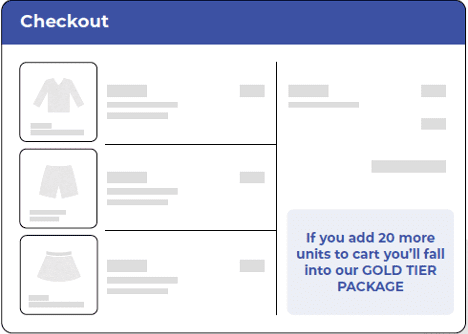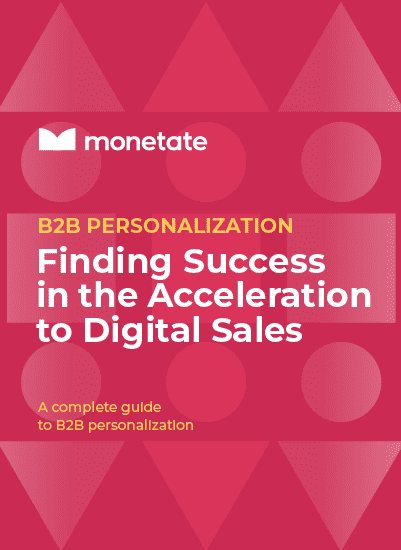A complete guide to B2B personalization
Finding Success in the Acceleration to Digital Sales
For B2B organizations, the very nature of how they do business changed profoundly in 2020. With meetings moved online, many other parts of the sales process shifted, too. And businesses learned quickly that making it easy for their clients to transact digitally was the surest way to keep sales funneling in.
McKinsey called 2020 the “B2B Digital Inflection Point,” noting that “B2B sales operations going forward will look fundamentally different from what they were before the pandemic.” They discuss three major phases of the transition through the pandemic:
- Navigating the crisis
- Planning for recovery
- Reimagining the next normal
Now that businesses have had to manage through many months of the pandemic, patterns are emerging that are likely to shape the recovery and that “next normal.” For example, providing client support with new digital collaboration tools, or offering virtual training sessions for new clients instead of doing them in person. As the economy recovers throughout 2021, it will become clear that many digital interactions are more cost-effective than the old way. Certainly, every client relationship benefits from some dedicated facetime, but businesses will find that they can scale more effectively while reducing costs if they also incorporate digital capabilities that support clients.

It’s highly likely that businesses will also have to embrace digital for the long term because their own clients have created new habits.
What used to require a phone call and a fax can now be ordered with a click or two. As sales move online for the long term, B2B organizations need to think about the elements of the decision-making process that will also move online. These habits require a broader shift across the business, including more digitally sophisticated marketing and eCommerce capabilities that can tailor experiences for prospects and clients using data and automation.

